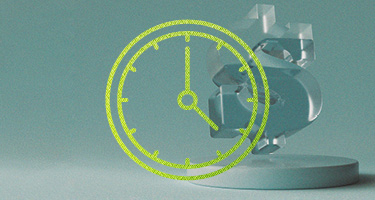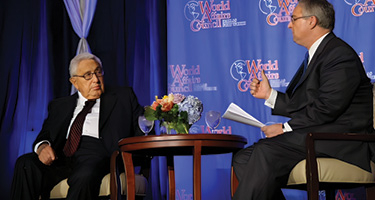Fire Hazards in Industrial Operations
Work environments that involve chemicals, fuel, and high temperatures carry significant risk for serious injury. Refineries, power plants, and factories present complex safety challenges where even routine maintenance can result in dangerous exposure. When systems fail, the consequences can include life-altering burn trauma.Burn Injury Attorneys are often involved in investigating the underlying cause of industrial fires and thermal accidents. In many cases, litigation centers on third-party negligence, including faulty equipment, delayed maintenance, or safety procedures that were never implemented. These incidents frequently require the coordination of legal professionals and safety experts to determine whether industry standards were met or overlooked.
Legal claims arising from industrial burns must address not just the incident itself, but also the environment in which it occurred. Understanding what safety systems were in place—or missing—can be critical in determining accountability.
Equipment Failures and Multi-Party Liability
Industrial settings often involve pressurized systems, combustible gases, and heavy mechanical equipment. A single component failure—such as a valve leak or electrical short—can trigger catastrophic outcomes. Determining who is liable for such failures may involve product manufacturers, outside contractors, or maintenance providers.
A Burn Injury Lawyer handling these cases will typically gather equipment records, inspection logs, and incident reports. Legal teams may also consult engineering or forensic specialists to evaluate whether the failure stemmed from product defects, improper servicing, or lack of communication between vendors.
Claims may include evidence that service bulletins were missed or known hazards weren’t disclosed. These personal injury cases often require detailed analysis to identify each party’s role and establish how a preventable incident unfolded over time.
Addressing Safety Gaps and Operational Oversight
Industrial burn cases frequently reveal more than isolated errors. Litigation may uncover patterns of incomplete safety training, inconsistent hazard monitoring, or outdated fire suppression systems. In some facilities, risk management policies are implemented on paper but not enforced in practice.
Legal teams pursuing these claims often examine records such as evacuation plans, maintenance schedules, and internal safety audits. Testimony from current and former employees may also shed light on workplace culture and procedural lapses. Burn Injury Lawyers work to demonstrate not just what failed during the incident—but what was missing all along.
By presenting these details in court, attorneys may influence both case outcomes and broader safety improvements. These cases underscore how workplace oversight, particularly in high-risk industries, can directly affect injury severity and legal exposure.
Long-Term Recovery Planning After Thermal Trauma
Serious burns can result in permanent damage to skin, nerves, and internal organs. Many individuals require prolonged hospitalization, surgical interventions, and psychological care. Long-term impacts can include chronic pain, mobility limitations, and difficulty returning to work.
Burn Injury Attorneys often collaborate with life care planners, physicians, and economists to establish financial frameworks for future recovery. These may include housing modifications, job retraining, or ongoing medical support. In each personal injury case, the goal is to ensure that damages reflect both immediate needs and anticipated care.
While liability is central to these lawsuits, planning for long-term support is equally important. These cases must account for every stage of the client’s recovery, including medical stability, mental health, and quality of life. Successful claims are based not on speculation, but on clinical evidence and expert-informed projections.
Legal Recovery and the Path Forward
Industrial burn cases involve more than individual injuries—they often reflect preventable safety issues that span across teams, systems, or facilities. These claims highlight the need for clear protocols, regular oversight, and communication across all operational roles. Through civil litigation, Personal Injury Lawyers seek accountability and secure the resources clients need to rebuild after serious injury.











































